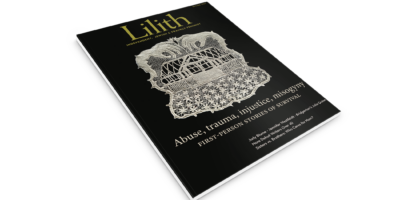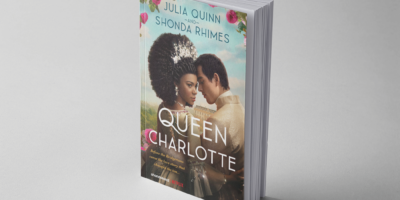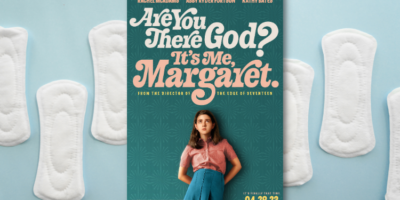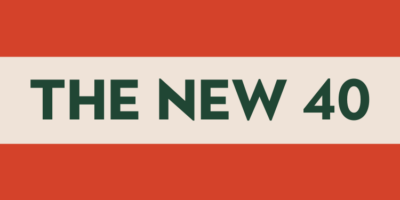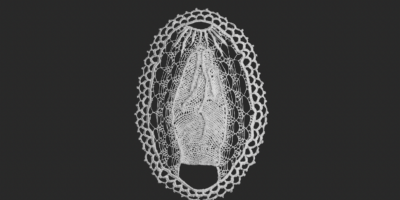
Feminist Books for Young Readers
Shoham’s Bangle by Sarah Sassoon, illustrated by Noa Kelner (Kar-Ben $19.99).
In Iraq, Nana Aziza teaches Shoham that her bangle bracelet is good for many things: it can cut the dough for perfectly round date cookies, glitter in the sun when they pick figs from the garden, and, when shifted to another wrist, it can be a “special golden reminder.” When it is time for the family to leave Iraq for Israel—and the Iraqi government allows each family one suitcase and forbids bringing any jewelry with them, Nana bakes pita for them to take with them, like the ancient Israelites ate matza when they left Egypt. The author was inspired by her own grandmother’s experience being among 120,000 Iraqi Jews airlifted to Israel in 1951 in Operation Ezra and Operation Nehemia.
The Tower of Life: How Yaffa Eliach Rebuilt Her Town in Stories and Photographs
by Chana Stiefel, illustrated by Susan Gal (Scholastic Press, $18.99)
When Yaffa (Shayna Sonenson) Eliach was a little girl in Eishyshok, a shtetl in present- day Lithuania, her grandmother, a photographer, took pictures people requested for all kinds of happy occasions, which they would often send as Rosh Hashana greetings to relatives around the world. In 1941, when the Nazis rounded up and liquidated the Jews of her shtetl, Eliach’s family managed to escape. Yaffa found her way to America, and became a historian specializing in the Holocaust. When she was invited to participate in the creation of the United States Holocaust Memorial Museum, she set herself a mission to collect her grandmother’s photos as a memorial to her hometown—“Dignity, not disaster. Lives lived, not lost. Every photograph a world in itself.” She collected 6,0000 photographs and stories. This picture book is a tribute to how pictures can tell a story and memorialize.
A Place To Belong: Debbie Friedman Sings Her Way Home, by Deborah Lakritz, illustrated by Julia Castano. (Apples & Honey Press, $17,95) As a little girl, the late singer-songwriter Debbie Friedman loved junior congregation, but as a teenager she was disappointed to find adult services “solemn,” and “boring.” At a Jewish summer camp, she noticed that campers sang songs about love, peace and freedom. “Where are the Jewish songs that speak to our hearts?” she wondered. Today her songs “Oseh Shalom”, “Miriam’s Song”and “Mi Shebeirach,” among others, are sung far and wide in synagogues, camps and Jewish settings.
Rosalind Looked Closer: An Unsung Hero of Molecular Science by Lisa Gerin, illustrated by Chiara Fedele (Beaming Books, $19.99)
This picture book tells the story of Rosalind Franklin (1920–1958) who grew up in England and as a girl, was not encouraged to pursue her interest in becoming a scientist. The only Jewish girl attending a boarding school, while other girls attended church she had a private Hebrew teacher. Later, her research helped the British government make safer gas masks for soldiers during World War II. She became an expert in the technique of X-ray diffraction, and while working on trying to solve the puzzle of what DNA looked like, she got the perfect picture, labeled Photo 51, that showed the helical makeup of repeating strands of DNA. Her contribution was not acknowledged until years after other colleagues won the Nobel Prize after her death.
Gracie Brings Back Bubbe’s Smile by Jane Sutton, illustrated by Debby Rahmalia (Albert Whitman, $17.99)
Bubbe doesn’t laugh or make jokes, and she hardly smiles when she comes for a long visit after Zayde died. She calls Gracie “bubala,” which she explains means ‘little grandmother.’ “You call someone you love ‘bubala, ’” she says. Bubbe tells Gracie she and Zayde loved using Yiddish words together and Gracie asks Bubbe to teach her, and at the end of this books is a list of 20 Yiddish words and expressions.
It’s My Whole Life: Charlotte Salomon: An Artist in Hiding During World War II by Susan Wider (Norton Young Readers, $19.95)
This meticulously told, quietly shocking book tells the story of brilliant painter Charlotte Salomon, born in Berlin and murdered in 1943 upon arriving in Auschwitz, newly married and pregnant at the age of 26. Salomon managed to leave behind an opus. “Life. or Theater?” that documented, in a prodigious number of paintings and texts, her too-brief life. From childhood, art was always a source of healing and an escape for Salomon. Illustrated with the artist’s gorgeous paintings and some family photographs, this is the first time Salomon’s biography has been written for young adult audiences. It includes revelations that have only come to light in recent years: Her dad and stepmother escaped to Amsterdam during the war and were acquainted with Otto Frank, Anne’s father. Like him, they at first edited out parts of their daughter’s story. Salomon herself only learned some of tragedies in her own family when her grandparents revealed to her during their refuge in the south of France the secret that her mother’s death, when Salomon was nine, had been a suicide.
Ida in the Middle by Nora Lester Murad (Crocodile Books, $19.95)
This graceful young adult novel tells the story of Ida, a sensitive Palestinian-American eighth grader who magically moves back and forth between her Massachusetts life—where an anonymous schoolmate etched the word “terrorist” on her desk—and the Palestinian village her parents emigrated from. In the village she experiences the warmth of extended family and delicious foods in a traditional way of life, and how the villagers struggle with the hardships imposed by the Israeli occupation.
Ida’s journalist aunt takes her to West Jerusalem where a Jewish bakery has the cakes all the Palestinians love too, and the aunt suggests the best orthopedic doctor, an Israeli Jew, might be willing to help Ida’s young friend who has arthritis and no health insurance. This novel exposes a side of the terrible Israeli-Palestinian conflict many Jewish readers might not be accustomed to seeing rendered so empathically. It is worth being reminded of the deep humanity of both sides. The author is from a Jewish American family, married to a Palestinian Muslim, and she raised three daughters in the West Bank.
Naomi Danis is an editor emerita of Lilith and the author of many popular children’s books, most recently Bye, Car.

